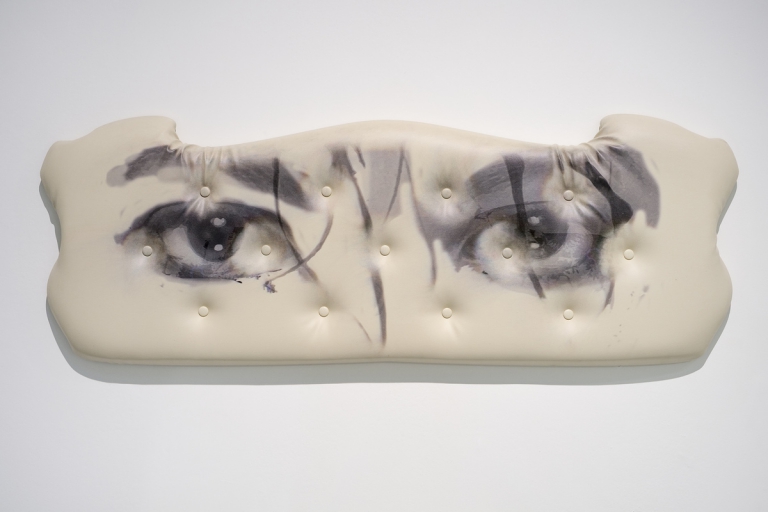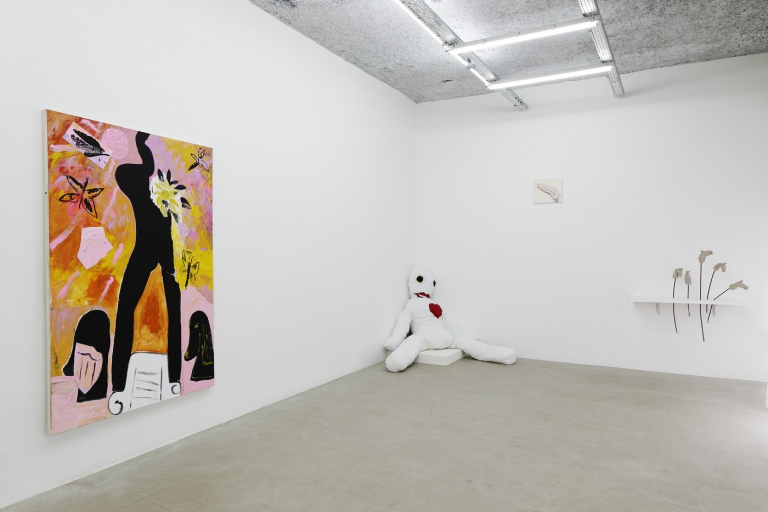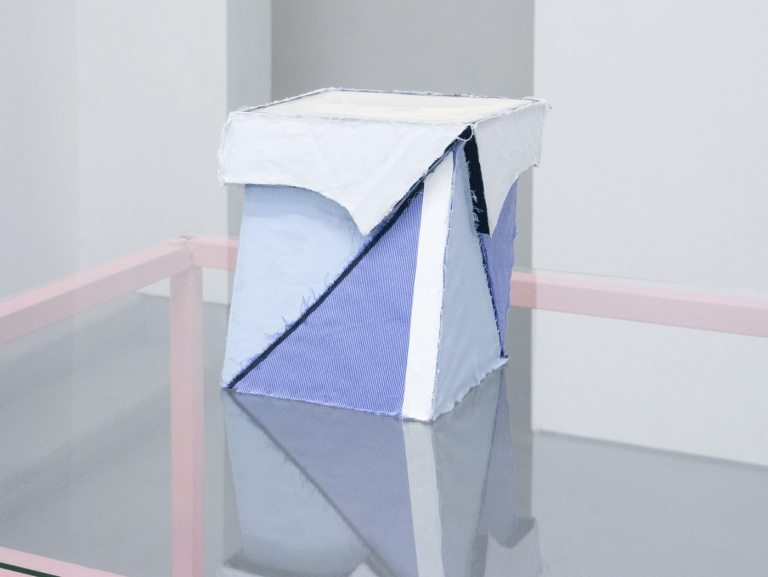Artist: Corita Kent
Exhibition title: We have no art, we do everything as well as we can
Venue: Passerelle Centre d’art contemporain, Brest, France
Date: September 15, 2018 – January 5, 2019
Photography: Aurélien Mole / all images copyright and courtesy of the artist and Passerelle Centre d’art contemporain / Courtesy of the Corita Art Center, Immaculate Heart Community, Los Angeles, CA
In 1962, Sister Mary Corita Kent, a nun at the Convent of the Immaculate Heart of Mary in Los Angeles, went to the Ferus Gallery to see the famous show where Andy Warhol adopted silkscreen printing with his Campbell’s Soup series.
“Sister Corita”, as she was known, took holy orders at the age of 18, but she was no novice when it came to art, and the silkscreen was already her favorite medium. She took classes at the Otis College of Art and Design, and at the Couinard Art Institute, and had a PhD in art history from the University of Southern California. She then became a professor at the University of the Immaculate Heart. Yet that moment would be a decisive one, and promote her as the woman who would become the “Pop Art Nun”. As an artist, woman, teacher and nun, Corita could not be pigeonholed. Her silkscreen works showed a celebratory approach to consumer society, running counter to Pop art champions like Robert Rauschenberg, Jasper Johns and Richard Hamilton, in whose work the flaws of materialism appear in a colder light. 1962 was also the year when Pope John XXIII convened the Second Vatican Council, ushering in a great movement of openness espoused by the Church with regard to contemporary culture. In that context of emancipation, Corita appropriated the language of advertising and let color and words enjoy an explosion of freedom. Slogans, lyrics, biblical verses and authors’ quotations were all freely committed to paper in an engaged re-contextualization, indissociable from her faith, conveying values of tolerance as well as resistance to inequalities.
The works brought together at the Passerelle art centre (covering the period from 1963 to 1067) illustrate this optimism, and her radical approach to art teaching and an growing openeness towards activism. Under the word “TENDER”, the Virgin Mary is, for example, described as laughing at “this riot of sound and colour”. Corita also organized parades for the Mary’s Day celebrations on her campus, where works produced with students were brandished like signs. She encouraged them to go to supermarkets and garages, and to be in contact with local communities. Corita’s commitment to social justice grew as she met friends like Daniel Berrigan, the priest, poet and pacifist militant to whom she referred in her work POWER UP (1965). As a Christian anarchist, Berrigan became one of the ten most wanted fugitives on the FBI’s list in 1968, for his involvement in the anti-Vietnam war movements, while Corita left holy orders that same year, under pressure from the archdiocese, shocked by a 1964 work using a slogan for tomato sauce celebrating the Virgin Mary as “the juiciest tomato of all”.
In 1968 and 1969, as is shown by the works on view at the Museum of Fine Arts, her shift to the secular world was marked by the inclusion of photographic motifs, the use of fluorescent inks dear to the psychedelic movement, and by straightforward references to “disobedient” figures such as the anti-slavery philosopher Henry David Thoreau, and her friend Joseph Pintauro, former priest, writer and poet, and gay to boot. She quotes E.E. Cummings: “Damn everything except the circus!”.

















